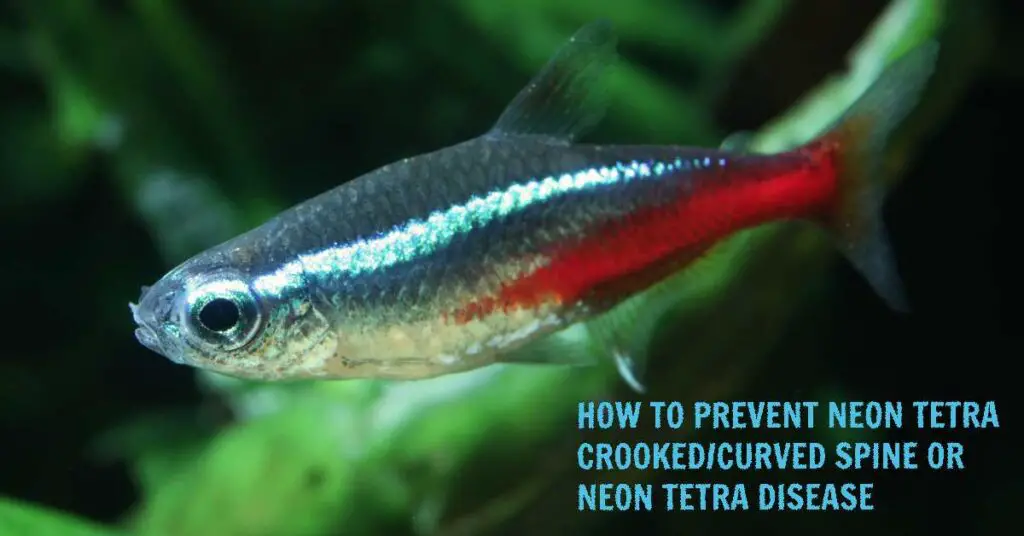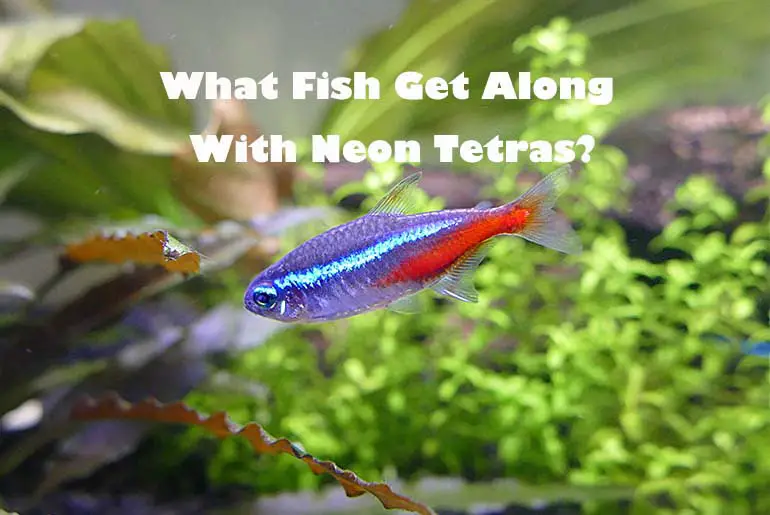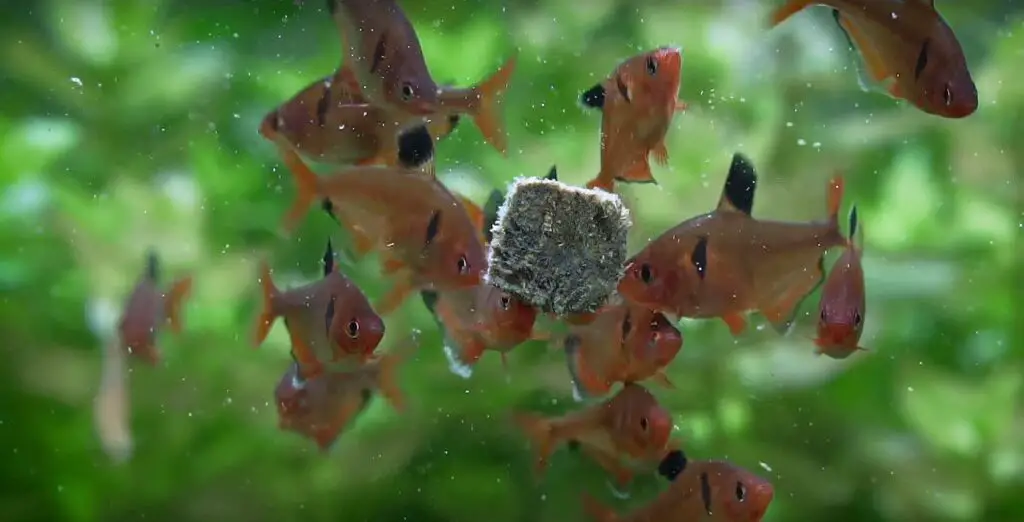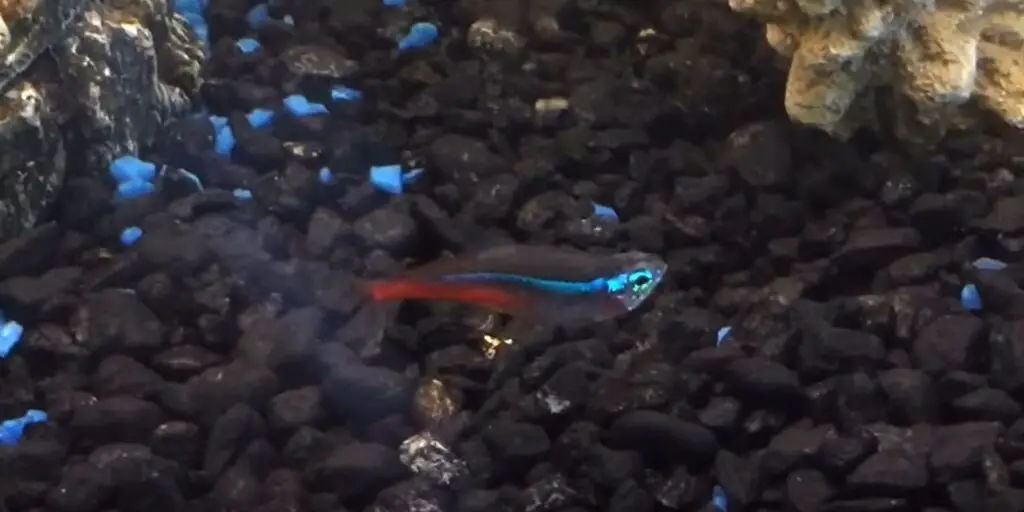Have you been looking up “curved or crooked spine disease in fish” online to understand why your fish has a bent spine? Could your fish be seriously ill, and you have realized this a little too late? Get ready to dive into the fascinating world of aquatic diseases! Did you know that another sneaky disease is out there that causes similar symptoms to the one your beloved Neon Tetra is experiencing?
The truth is there may be more than one reason why your fish, most commonly your Neon Tetra, has a bent spine. It can be due to fish tuberculosis, a birth defect, or something called Neon Tetra Disease (NTD). If it is the Neon Tetra Disease, what does it mean for your fish, and how can you prevent this from happening to your other fish? Well, there are a number of ways of doing this.
However, before we learn more about the preventive measures that can be taken to prevent Neon Tetra Disease (NTD), let us first understand what NTD entails. Furthermore, this will also help you confirm whether your Neon Tetra has NTD or is suffering from something less severe!
Why Does your Neon Tetra Have a Curved/Crooked Spine?
As we mentioned before, a curved or crooked spine on your beloved neon tetra fish could be caused by a condition known as NTD. But don’t panic just yet, as there are other possible explanations for this peculiar spinal issue, such as a genetic abnormality or fish tuberculosis.
However, it’s important to note that NTD is a serious matter that requires your attention.
So, what exactly is NTD, you ask? Well, it’s a viral infection that affects tetra fish and can lead to a variety of symptoms, including a curved spine, abnormal swimming behavior, and loss of appetite. If left untreated, it can have devastating effects on your fish and potentially even spread to other aquatic creatures in the tank.
What is Neon Tetra Disease?
NTD is a disease caused by a parasite known as Pleistophora Hyphessobryconis. It is possible that your Neon Tetras contracted NTD by consuming live foods infected by this parasite or dead fish in your fish tank.
Now, to be sure that your Neon Tetra, in fact, has NTD, you need to be aware of some of the early signs.
For instance, one of the first signs of NTD is a loss of color in small patches of the fish’s body. This loss of color takes place because the muscles in the affected areas turn white. Then, once the affected areas begin wasting away, a bent spine is the ultimate result of this disease.
However, it does not mean that your Neon Tetra will pass away right after getting a bent spine. More symptoms, as listed below, indicate that your Neon Tetra is suffering from NTD.
- Restlessness
- Bloating
- Difficulty in swimming or haphazard swimming
- Fin rot
- Cysts may develop in the muscles and make their bodies lumpy
What is “False” Neon Tetra Disease?
Columnaris can cause the loss of coloration in small patches, just like the other disease. But don’t panic! With the right treatment, your fishy friend can make a full recovery in no time. You can breathe a sigh of relief knowing that antibiotics are the solution to this pesky problem.
However, in the case of Neon Tetra Disease, it is a different story!
Is There a Cure for Neon Tetra Disease?
Unfortunately, to this day, there are no known cures for Neon Tetra Disease. Hence, if your Neon Tetras are diagnosed with NTD, sadly, there will be no way to remedy the situation.
And if you do find out that one or more of your Neon Tetras has NTD, then it is best to remove them and let them live their last days in a separate quarantine tank.
How to Prevent Neon Tetra Disease?
Once you have removed the infected Neon Tetra(s) from the fish tank, the next step will be to ensure that no more NTD-causing pathogens are left in the fish tank. Hence, below I have mentioned the measures that should be taken to ensure that the remaining fish are uninfected.
However, before we look at those measures, let us first look at what can be done not to let ANY of your fish be infected by NTD in the first place.
Maintaining High Water Quality
Maintaining high water quality is not just key in preventing NTD but also many other diseases and infections. Hence, you need to stay on top of the water quality of your fish tank to provide your fish with the healthiest environment possible.
Moreover, maintaining high water quality should include the following:
- Doing a regular water change
- Cleaning and restoring your filtration system
- Cleaning the tank décor
- Making sure to vacuum the gravel for debris
- Getting rid of dead fish or uneaten food
If you take the above measures, then you will be able to maintain high water quality for your tank inhabitants!
Also Read: Water Parameters for Tetra Fish: Stable Water Condition
Anti-bacterial Treatment
This is a great way of figuring out whether your fish actually has NTD or is suffering from a different disease with similar and maybe curable symptoms.
I have listed some elements that can be used to treat your sick fish. However, if your fish is sick with NTD, they will not get better when exposed to the following elements. Therefore, this is also an alternative way of determining whether your fish has NTD!
- Penicillin
- Maracyn
- Kanacyn
- Chloromycetin
- Medicated foods that have Terramycin
Medicated Bath
A medicated bath typically involves bathing your fish in and cleaning your fish tank with Methylene Blue. This chemical will help you to get rid of any NTD-causing pathogens that are still present in the fish tank.
Furthermore, you will need the following components to perform this medicated bath.
- 10-20 drops of Methylene Blue
- ½ gallon of water
- Salt
Take the above-mentioned elements, mix them together well, and then give your fish and fish tank a good cleaning. Additionally, remember to place your fish in this solution for only 30 minutes!
Why Do Neon Tetras Get Neon Tetra Disease?
First, Neon Tetras are considered ornamental fish with their pretty blue and reddish colors. This means that it is highly likely that your Neon Tetras came from overseas, as ornamental fish are usually bought and sold all over the world.
Therefore, this increases the chance of your Neon Tetras having been exposed to different fish pathogens such as viruses, parasites, bacteria, fungi, etc. Hence, Neon Tetra Disease is one of the common diseases caused by such pathogens.
However, is it possible for only Neon Tetras to contract NTD? Or is it possible for other fish to get infected as well?
Can Other Fish Get Neon Tetra Disease Too?
Now you may have noticed that I have, at times, said fish instead of saying Neon Tetras. Of course, Neon Tetras are fish, too. So this should not have raised any reason for suspicion. However, it IS possible for other fish to contract NTD too!
Hence, for your reference, I have listed below the names of fish that can contract NTD just as easily as Neon Tetras.
- Guppies
- Killifish
- Angelfish
- Rasboras
- Barbs
- Danios
- Other Tetras
How Long Can a Fish Live with Neon Tetra Disease?
Remember when we discussed the telltale signs indicating whether your fish has contracted NTD? Well, here’s some news that might surprise you: just because your fish has a bent spine doesn’t necessarily mean it’s a goner.
That’s right, even with this dreaded disease, your fish might still have some fight left in it! In fact, your fish could survive for anywhere from a week to a little over a month after being infected with NTD. So don’t lose hope just yet – your scaly friend could still have a fighting chance with proper care and attention.
Is Neon Tetra Disease Transmittable to Humans?
The short answer to this is no. Although many fish are easily able to contract NTD, humans are not at risk of being infected by this particular disease.
Final Words
Removing your infected fish from the original fish tank is of utmost importance, even when you are only suspicious of one or more of your fish having Neon Tetra Disease. This will ensure that the lives of the remaining fish in your tank are not put in danger.
Once this is done, you will need to take certain steps to make sure that the NTD-causing parasites are still not present in the tank. Hence, for this, you will need to either perform a medicated bath or anti-bacterial treatment and then move on to maintaining high water quality and a filtration system.
Finally, as a caretaker for your fish, remember always to monitor them and observe them for signs of any illnesses. This type of proactive approach will ensure that the treatable or preventable diseases are treated or prevented before it escalates to something more serious!
Related Articles:




